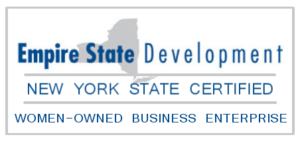What do you do when a claimant makes a claim for both noise-induced hearing loss AND traumatic hearing loss, under the theory of, “well, it’s gotta be one of those two,” and your Independent Medical Examination on causal relationship’s been precluded under §137? The answer is to get the both disallowed. These were, of course medically driven claims, but thankfully the claimant’s doctor testified that they were causally relating the loss to an incident rather than over time, so the noise-induced claim falls away. Disallowed because no doctor was opining causally related noise-induced hearing loss.
As for the traumatic hearing loss, the doctor didn’t review any medical reports besides the audiogram, and noted the statements about the claimant having a concussion were “absolutely” based on the claimant’s representations to them. The doctor also testified that, as this type of hearing loss would have precipitated rather early on relative to this type of injury and there isn’t anything she’d expect to cause a delay in the onset, and in our case there was no indicating of hearing loss for well over a year post accident. However, the nail in the coffin was that, of age, genetics, noise, and concussion, claimant’s doctor couldn’t “tease out which one of those things would have caused or combination of those things have led to this audiogram.”
The 3rd Department in Johnson v. Borg Warner, Inc, 2020 NY Slip OP 04897 (2020) held that “even an opinion ‘that it was ‘highly possible’ that the injury was causally related to work, falls short of the reasonable probability that is required to establish a causal relationship between the claimant’s employment and his injury.’” Here, not only did the symptom presentation not conform with what the doctor would expect from a trauma, she couldn’t testify that the trauma was even a contributing factor, which led to the Workers’ Compensation Law Judge disallowing this claim as well.
It’s cases like these which highlight that an Independent Medical Examination on causal relationship isn’t the end-all and be all of claims defense, and how clever cross-examination can be the key to success.

